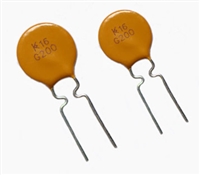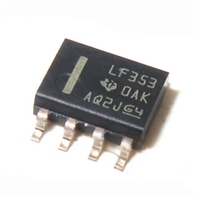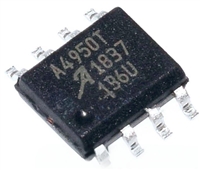CY8C24094, CY8C24794
CY8C24894, CY8C24994
read and write data memory, and read and write I/O registers.
You can read and write CPU registers, set and clear breakpoints,
and provide program run, halt, and step control. The debugger
also allows you to create a trace buffer of registers and memory
locations of interest.
6.1.5 In-Circuit Emulator
A low-cost, high-functionality In-Circuit Emulator (ICE) is
available for development support. This hardware can program
single devices.
The emulator consists of a base unit that connects to the PC
using a USB port. The base unit is universal and operates with
all PSoC devices. Emulation pods for each device family are
available separately. The emulation pod takes the place of the
PSoC device in the target board and performs full speed
(24-MHz) operation.
6.1.4 Online Help System
The online help system displays online, context-sensitive help.
Designed for procedural and quick reference, each functional
subsystem has its own context-sensitive help. This system also
provides tutorials and links to FAQs and an online support forum
to aid the designer.
7. Designing with PSoC Designer
The development process for the PSoC® device differs from that
of a traditional fixed function microprocessor. The configurable
analog and digital hardware blocks give the PSoC architecture a
unique flexibility that pays dividends in managing specification
change during development and by lowering inventory costs.
These configurable resources, called PSoC Blocks, have the
ability to implement a wide variety of user-selectable functions.
The PSoC development process is summarized in four steps:
7.3 Organize and Connect
You build signal chains at the chip level by interconnecting user
modules to each other and the I/O pins. You perform the
selection, configuration, and routing so that you have complete
control over all on-chip resources.
7.4 Generate, Verify, and Debug
When you are ready to test the hardware configuration or move
on to developing code for the project, you perform the “Generate
Configuration Files” step. This causes PSoC Designer to
generate source code that automatically configures the device to
your specification and provides the software for the system. The
generated code provides application programming interfaces
(APIs) with high-level functions to control and respond to
hardware events at run time and interrupt service routines that
you can adapt as needed.
1. Select User Modules
2. Configure User Modules
3. Organize and Connect
4. Generate, Verify, and Debug
7.1 Select User Modules
PSoC Designer provides a library of prebuilt, pretested hardware
peripheral components called “user modules.” User modules
make selecting and implementing peripheral devices, both
analog and digital, simple.
A complete code development environment allows you to
develop and customize your applications in either C, assembly
language, or both.
The last step in the development process takes place inside
PSoC Designer’s debugger (access by clicking the Connect
icon). PSoC Designer downloads the HEX image to the ICE
where it runs at full speed. PSoC Designer debugging capabil-
ities rival those of systems costing many times more. In addition
to traditional single-step, run-to-breakpoint, and watch-variable
features, the debug interface provides a large trace buffer and
allows you to define complex breakpoint events. These include
monitoring address and data bus values, memory locations and
external signals.
7.2 Configure User Modules
Each user module that you select establishes the basic register
settings that implement the selected function. They also provide
parameters and properties that allow you to tailor their precise
configuration to your particular application. For example, a PWM
User Module configures one or more digital PSoC blocks, one
for each 8 bits of resolution. The user module parameters permit
you to establish the pulse width and duty cycle. Configure the
parameters and properties to correspond to your chosen appli-
cation. Enter values directly or by selecting values from
drop-down menus. All the user modules are documented in
datasheets that may be viewed directly in PSoC Designer or on
the Cypress website. These user module datasheets explain the
internal operation of the user module and provide performance
specifications. Each datasheet describes the use of each user
module parameter, and other information you may need to
successfully implement your design.
Document Number: 38-12018 Rev. *Z
Page 7 of 59
[+] Feedback






 NTC热敏电阻与PTC热敏电阻的应用原理及应用范围
NTC热敏电阻与PTC热敏电阻的应用原理及应用范围

 GTO与普通晶闸管相比为什么可以自关断?为什么普通晶闸管不能呢?从GTO原理、应用范围带你了解原因及推荐型号
GTO与普通晶闸管相比为什么可以自关断?为什么普通晶闸管不能呢?从GTO原理、应用范围带你了解原因及推荐型号

 LF353数据手册解读:特性、应用、封装、引脚说明、电气参数及替换型号推荐
LF353数据手册解读:特性、应用、封装、引脚说明、电气参数及替换型号推荐

 A4950资料手册解读:特性、应用、封装、引脚功能、电气参数及代换型号
A4950资料手册解读:特性、应用、封装、引脚功能、电气参数及代换型号
